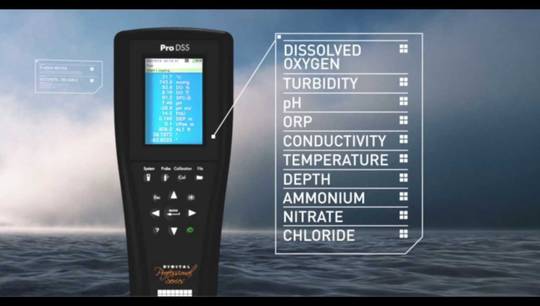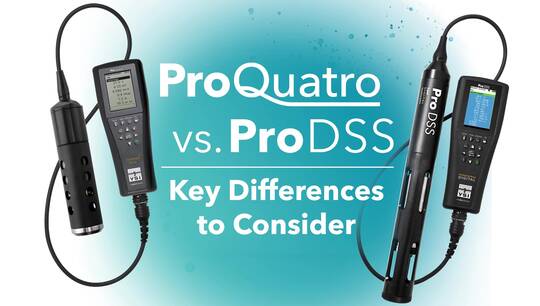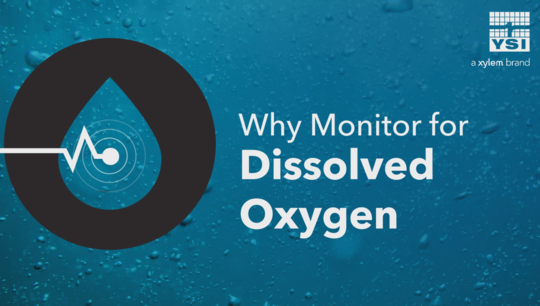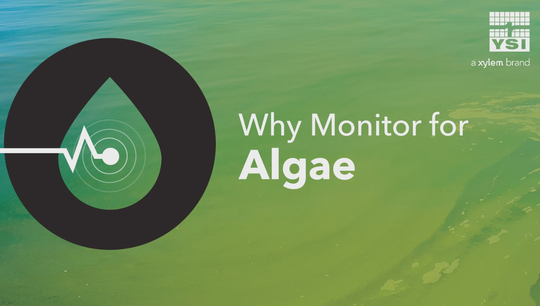Thornton Creek Restoration | Urban Watershed
A wilderness teems just out of sight in rivers, actually below the rivers in the saturated soils, gravel, sand and rocks under and along the river’s main channel. This is the hyporheic zone: an entire zone where functions vital to the overall health of a stream and watershed take place.
And it’s from there in the healthy Cedar River that Seattle’s Thornton Creek gets a new life.
Waters above and below ground constantly interact; flowing into and out of one another, circulating oxygen, removing wastes and moderating temperatures in the main channel, cooling the water in summer and warming it in the winter.
Plenty of small creatures live there, too, many invisible to the naked eye, but performing critical tasks. Invertebrates shred leaf litter, cycling nutrients from the land to the water. Microbes on the surface of the rocks and gravel provide water treatment, consuming the nutrients in fertilizer runoff, and even breaking down hydrocarbons from oil pollution, making the hyporheic a liver of sorts for the river.
The land, surface waters and in-stream and subsurface flows all are connected. So as Seattle Public Utilities (SPU) works to restore Thornton Creek, the city’s largest urban stream, a new idea has been implemented: Why not start at the bottom, and — with a little help from the healthy Cedar River — reassemble and reconnect all the pieces of the watershed to see what happens?
The Thornton Creek watershed covers roughly 11.6 square miles in northeast Seattle and Shoreline. Over 90% of the creek’s main channel, more than 15 miles, flows above ground through more than 700 backyards and through 15 parks and natural areas.
It is both Seattle’s and Shoreline’s largest watershed, and drains into Lake Washington at Matthews Beach Park. That water ultimately goes through the Lake Washington Ship Canal to Puget Sound. The creek is a historic home to at least five species of Pacific salmon and trout.
After decades of development, Thornton Creek had no healthy base to start from. Because of dredging and channelizing, the creek in some cases altogether lacked the gravels and other benthic layers beneath and along the channel.
So the city launched an $11 million experimental restoration in two reaches of Thornton Creek, rebuilding a total of 1,600 feet of the channel from the ground up. The idea was to see if a constructed hyporheic zone can provide localized water-quality treatment in an urban stream.
See how the YSI Pro2030 dissolved oxygen and conductivity/salinity meter played a major role as well in understanding hyporheic zone health.
Video produced by Leaping Frog Films







